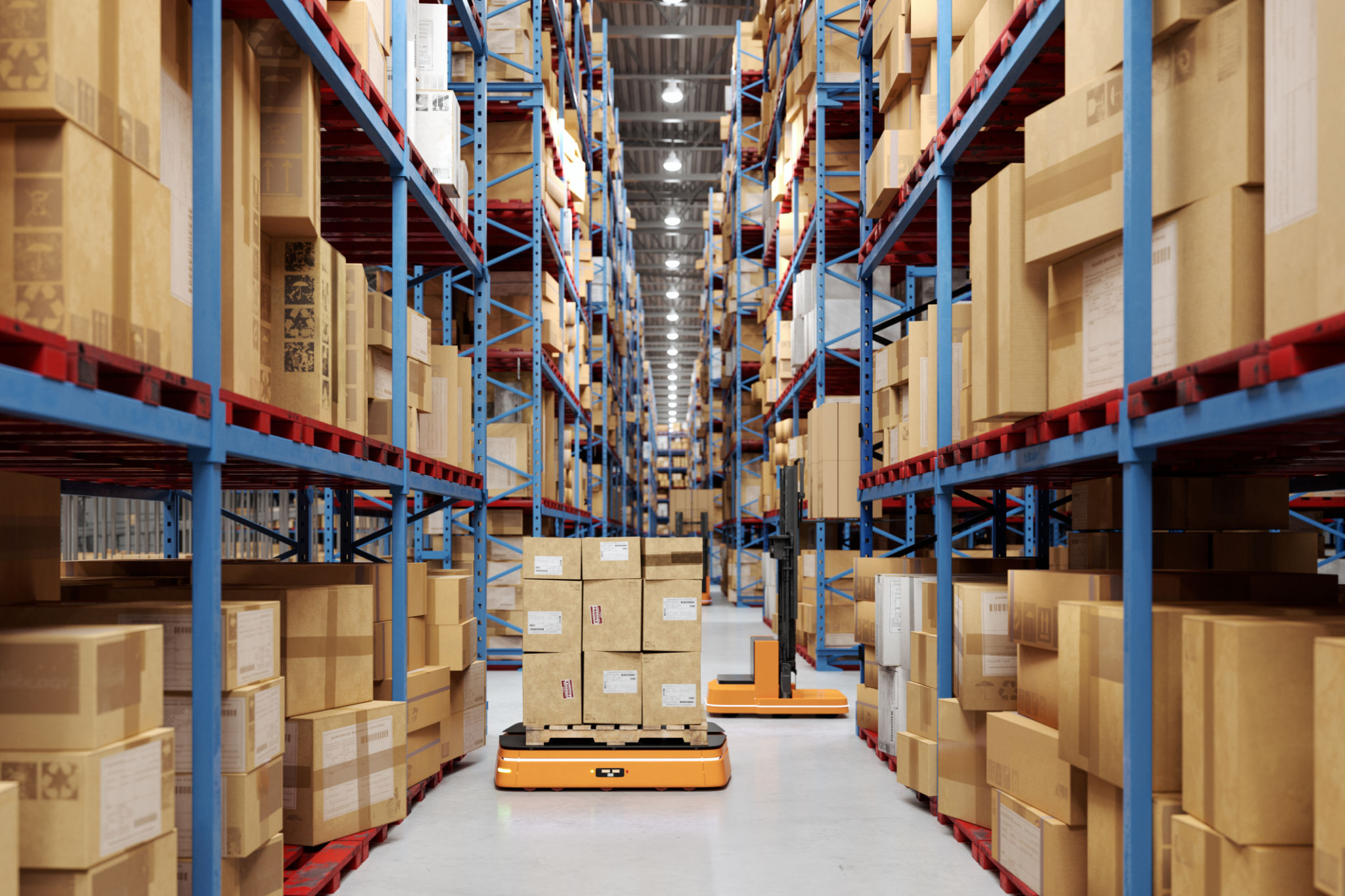Top Myths About Warehousing and Distribution Services Debunked
Introduction
When it comes to warehousing and distribution services, several myths can cloud the understanding of these essential logistics components. From misconceptions about costs to misunderstandings about efficiency, these myths can lead businesses to make ill-informed decisions. In this blog post, we will debunk some of the most common myths surrounding warehousing and distribution services.

Myth 1: Warehousing is Only for Large Companies
One of the biggest myths about warehousing is that it is only necessary or beneficial for large corporations. In reality, businesses of all sizes can benefit from warehousing solutions. Small to medium-sized enterprises (SMEs) can take advantage of third-party logistics (3PL) providers to manage their inventory efficiently without needing to invest in their own facilities.
Outsourcing warehousing can lead to cost savings and allow smaller businesses to scale operations quickly in response to market demands. This flexibility is invaluable in maintaining a competitive edge.
Myth 2: Distribution Services Are Too Expensive
The perception that distribution services are prohibitively expensive is another common myth. While there are costs involved, the value provided often outweighs these expenses. Distribution services streamline the supply chain, reducing the need for in-house logistics management and potentially lowering overall operational costs.
Moreover, using professional distribution services can increase delivery speed and accuracy, improving customer satisfaction and fostering brand loyalty.

Myth 3: Warehousing Leads to Inefficiencies
Some believe that warehousing automatically leads to inefficiencies in the supply chain. This is a misconception rooted in outdated practices. Modern warehousing incorporates advanced technologies such as warehouse management systems (WMS), automated storage, and retrieval systems (AS/RS), which enhance efficiency and accuracy.
These technologies allow for real-time tracking, better inventory management, and reduced human error, making warehousing a critical component of a streamlined logistics strategy.
Myth 4: Only Physical Goods Need Warehousing
The idea that only physical products require warehousing is another myth that needs debunking. Today, even digital products, like e-commerce platforms, may require warehousing solutions for items such as promotional materials or specialized packaging.
Additionally, many businesses leverage warehousing for seasonal inventory or overflow stock, ensuring they can meet customer demand without delay.

Myth 5: All Warehouses Are the Same
A common misconception is that all warehouses offer the same services and capabilities. In truth, warehouses differ significantly in terms of specialization, technology, location, and service offerings. Some may focus on temperature-controlled storage for perishable goods, while others excel in handling bulk commodities.
Selecting the right warehouse depends on your specific business needs and goals. Evaluating factors such as proximity to major transport routes and technological integration is crucial for choosing the best fit.
Conclusion
Understanding the realities of warehousing and distribution services is essential for making informed business decisions. By debunking these myths, companies can better appreciate the value these services provide in optimizing supply chains and enhancing customer satisfaction. As logistics continue to evolve, staying informed will help businesses remain competitive in an increasingly fast-paced market.